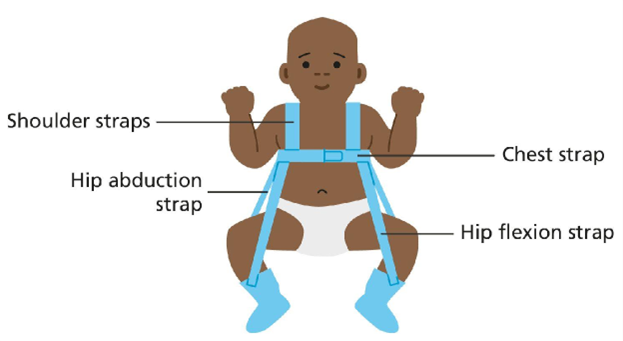A nurse is assisting with a group therapy session and notes a client who remains silent.
Which of the following actions should the nurse take?
Ask other group members to limit the number of times they speak
Allow the client extra time to think of a response
Appoint the client to lead the discussion
Tell the client to leave the group if they cannot contribute
Correct Answer : B
a. Asking other group members to limit their speaking may place unnecessary pressure on the quiet client and make them feel singled out. The goal is to create a supportive environment where the client feels comfortable contributing when they are ready. Limiting the other group members' participation does not address the individual needs of the client who is silent.
b. Some clients may need extra time to process information or formulate their responses, particularly in a group setting where they might feel overwhelmed or anxious. Allowing the client extra time respects their pace and encourages participation without pressuring them.
c. Appointing the client to lead the discussion if they cannot contribute are not appropriate actions. These approaches can increase the client's discomfort and create a negative atmosphere, which goes against the principles of group therapy. It is important to foster an inclusive and supportive environment that encourages participation at each person's pace.
d. Telling a client to leave the group if they cannot contribute is not appropriate action. These approaches can increase the client's discomfort and create a negative atmosphere, which goes against the principles of group therapy.
Nursing Test Bank
Naxlex Comprehensive Predictor Exams
Related Questions
Correct Answer is C
Explanation
Explanation:
The Pavlik harness is a device used to treat developmental dysplasia of the hip (DDH) in infants. It helps position the hips in a way that promotes proper hip joint development. By keeping the hips in a flexed and abducted position, the harness helps to align the hip joint properly, allowing for normal development.
A- Applying lotion under the straps of the harness is not recommended as it can interfere with the harness's effectiveness and may cause skin irritation.
B- The harness should not be removed for sleeping unless specifically instructed by the healthcare provider. It is typically worn continuously to ensure consistent hip positioning and optimal treatment outcomes.
D- Placing the diaper over the strap of the harness is not recommended as it can cause discomfort for the infant and may interfere with the proper fit and function of the harness. The diaper should be placed under the harness straps to ensure a secure and comfortable fit.

Correct Answer is C
Explanation
Insomnia refers to the difficulty in falling asleep or staying asleep, leading to sleep disturbances. It is a frequently reported symptom during the initial phase of nicotine withdrawal.
While weight loss can be associated with smoking cessation due to changes in metabolism, it is not a direct manifestation of nicotine withdrawal. Similarly, diarrhea is not a commonly reported symptom of nicotine withdrawal.
Diaphoresis, which refers to excessive sweating, can occur in some individuals during nicotine withdrawal, but it is not as commonly observed as insomnia. It is worth noting that different individuals may experience varying symptoms during nicotine withdrawal, and the intensity and duration of these symptoms can also differ.
Whether you are a student looking to ace your exams or a practicing nurse seeking to enhance your expertise , our nursing education contents will empower you with the confidence and competence to make a difference in the lives of patients and become a respected leader in the healthcare field.
Visit Naxlex, invest in your future and unlock endless possibilities with our unparalleled nursing education contents today
Report Wrong Answer on the Current Question
Do you disagree with the answer? If yes, what is your expected answer? Explain.
Kindly be descriptive with the issue you are facing.
